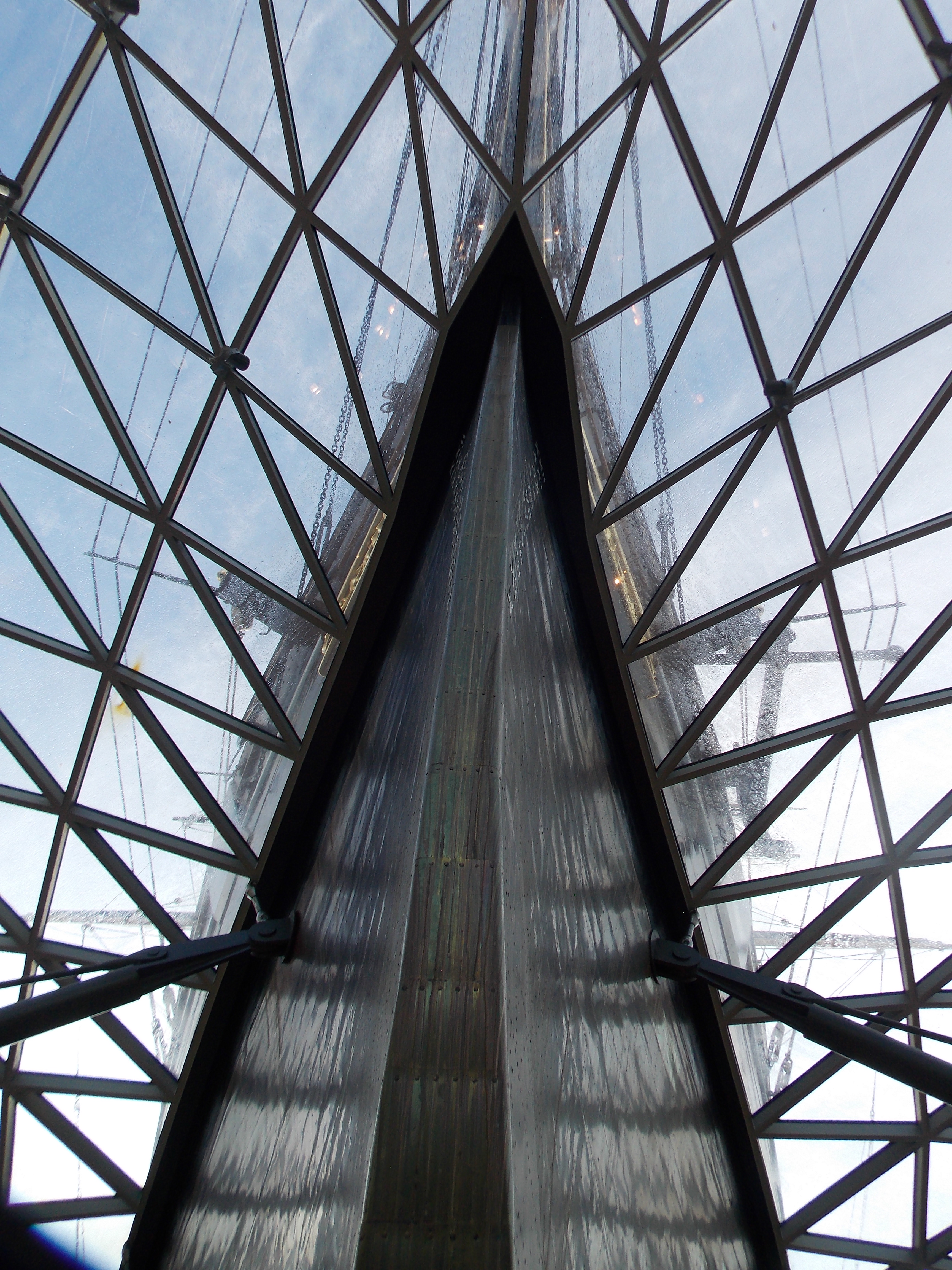

I have batteries and a stand-alone inverter. Currently, there is no grid connection, the power company is still working on getting a cable here.
My batteries are not a shiny example of how to do things - poorly installed and pretty dangerous right now (batteries should not be indoors) so I’m building a battery box outside the house for them. (Of course, already now they have redundant balancers and a battery alarm.)
Currently, my battery capacity is quite low: about 10 kWh. I plan to expand that to 18 kWh.
Currently, they suffice to run the heat pump for half a day.
Often times, I operate with a partial energy balance: e.g. panels currently produce 700 W, heat pump requires 1200 W (this seems to change with outdoor temperature), I take the difference from batteries.
But in mid-winter, I use a wood-fired stove.
Also, when it’s warm enough indoors, but I feel that I need to store heat for subsequent days, I have a pool heat pump converted (more like hacked) to heat a 1 ton water tank. It circulates a solution of car windshield washing liquid (ethanol based) through a system of hoses and a long copper coil in the water tank. It draws about 600 W and make no immediate difference to room temperature.


This one looks neat, but I think I can propose a better one. :) It could be a tower, externally black in color, with the south-facing side transparent or windowed. The interior under the window should also be painted black. Instead of one rack, multiple racks of food could be installed.
Why?
a tower develops ascending airflow, while a horizontal box does not, this helps ensure that moisture does not re-condense but leaves
with a tower system, you can also dry foods that would degrade from sunlight (gather energy at the bottom and deliver it to a closed top part)
I even built one and used it to dry kale chips, but it was too tall - wind kept pushing it over.